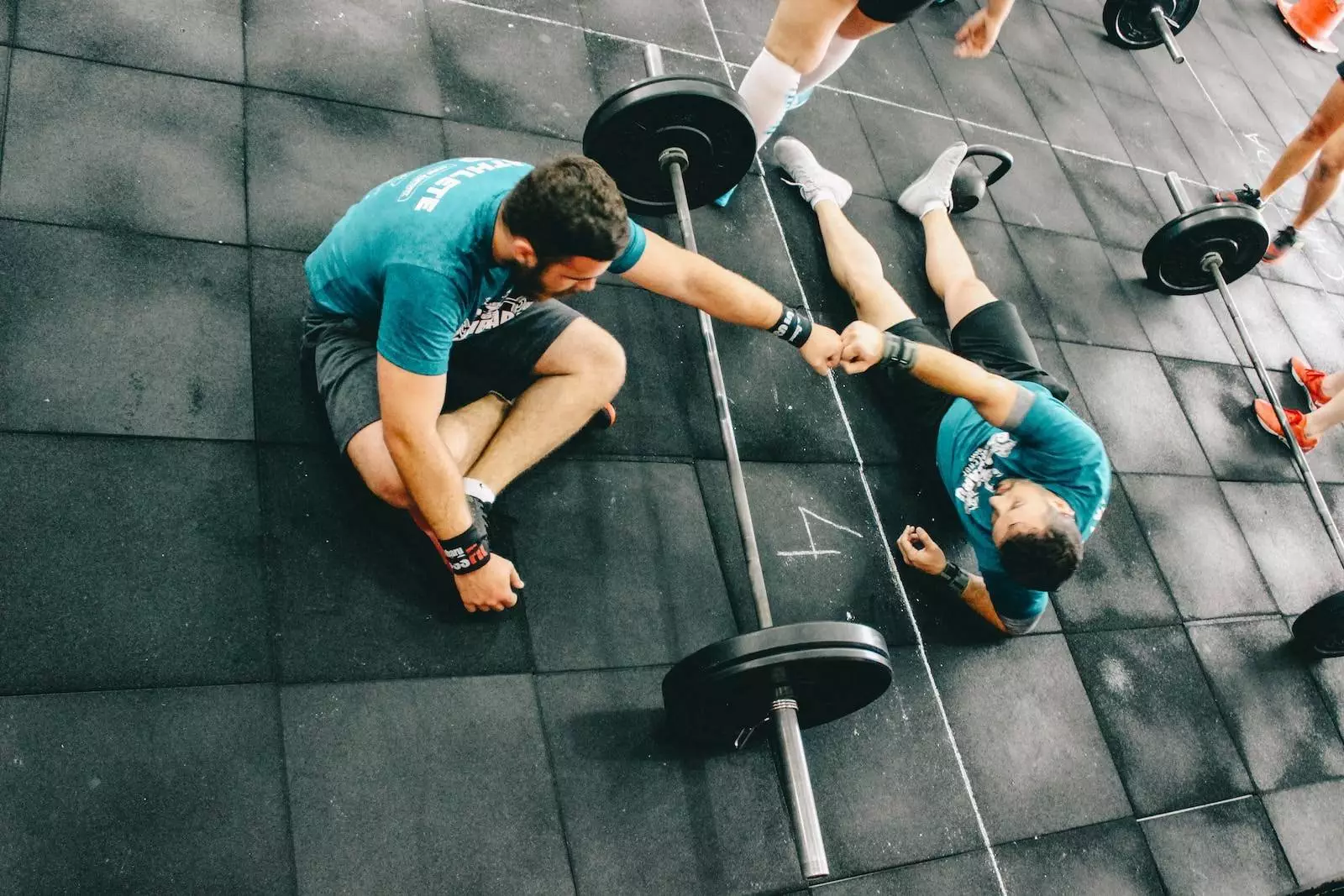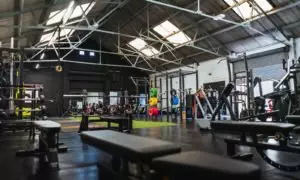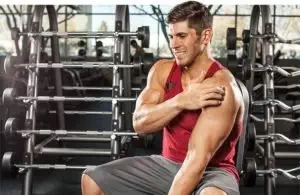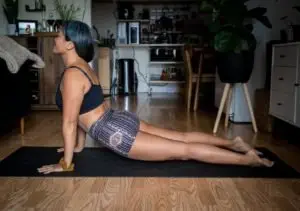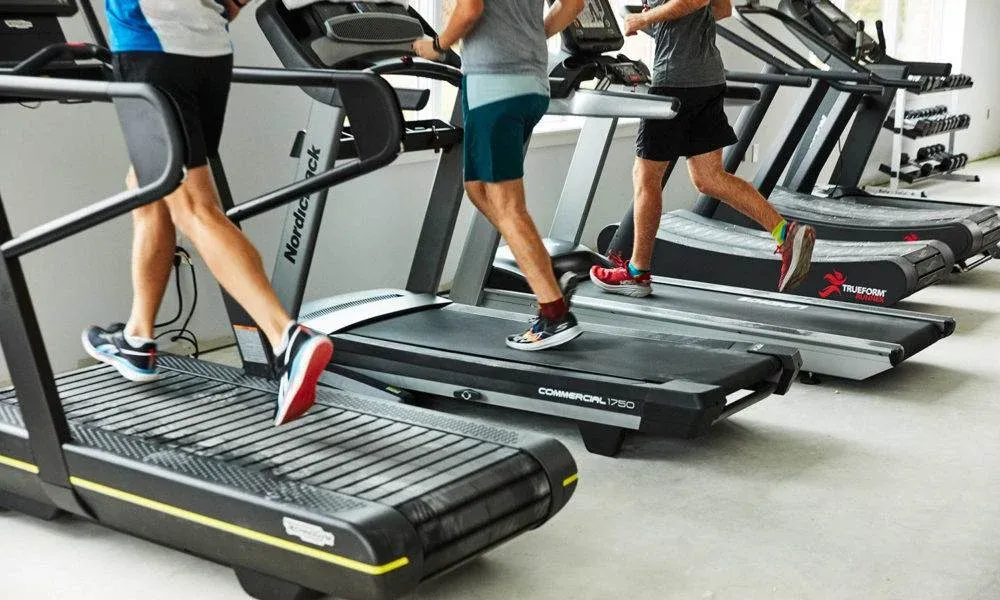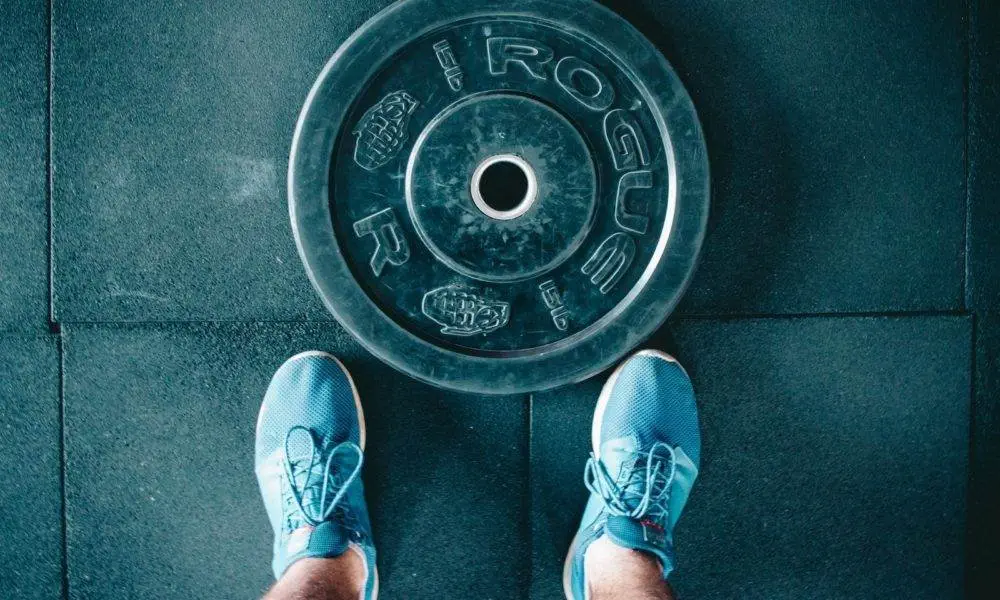The United States Consumer Product Safety Commission reports that more than 526,000 Americans face injuries annually while using exercise equipment, whether in a gym setting or at home. Therefore, whether you’re training clients in a physical gym, across multiple locations, or online, having insurance is crucial. It safeguards both you and your clients in case of any injury related to your services. So, what’s the optimal insurance choice for personal trainers? Let’s delve into it.
Essential Insurance for Personal Trainers: Personal trainers primarily require professional and general liability insurance for their business.
Professional liability insurance protects against claims of negligence during training sessions, such as improper spotting during workouts that led to a client’s injury.
On the other hand, general liability insurance covers financial responsibilities associated with injuries or lawsuits. For instance, if a client sustains an injury from slipping and falling during a training session, this insurance covers related costs.
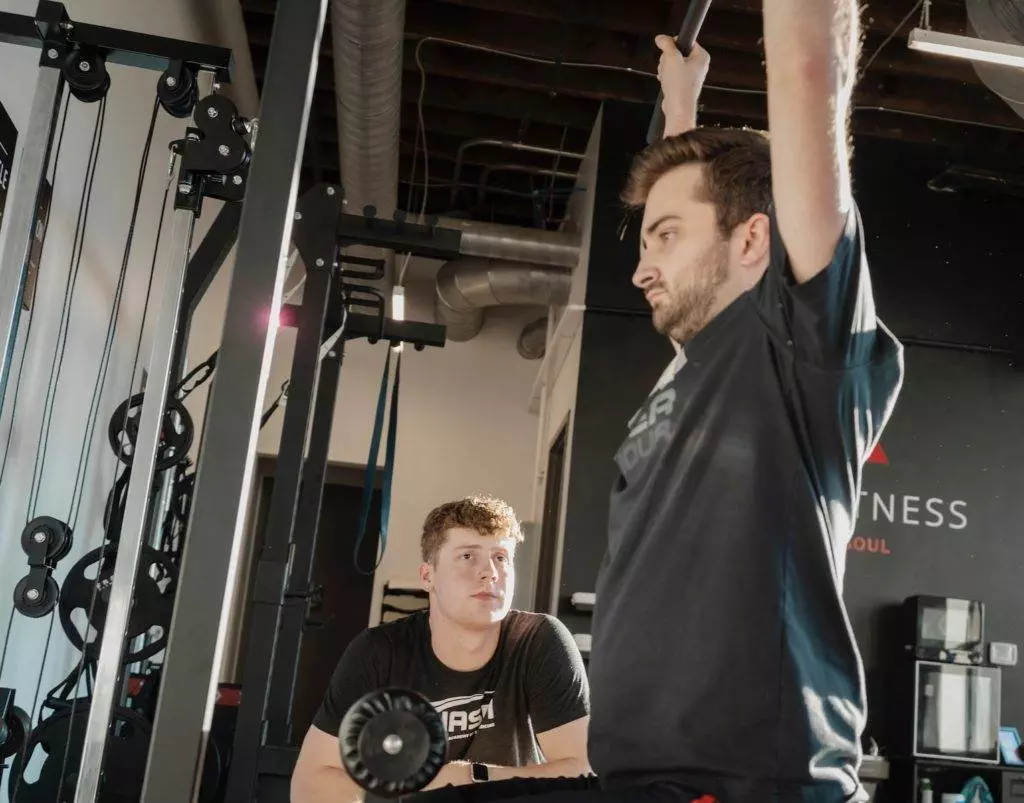
As fitness professionals, predicting when an injury might occur is impossible. Therefore, having both types of insurance in place ensures protection for both the trainer and the client in the unfortunate event of an accident.
Additional Insurance Options: Apart from general and professional liability insurance, there are other options worth considering:
- Employer liability insurance: Ideal if you have staff or employ other trainers, covering claims against your business by your trainers.
- Sports equipment coverage: Helps replace or repair owned gym equipment if lost, stolen, or damaged.
- Personal accident coverage: Assists the trainer in paying for rehabilitation or physiotherapy in case of personal injury hindering work.
- Loss of earnings coverage: Aids in covering costs if the trainer falls ill and cannot earn for a certain period.
- Public liability insurance: Protects against injuries to the trainer, client, or equipment damage during training sessions.
- Professional indemnity insurance: Offers protection in case a client takes legal action due to advice-related injury.
Selecting suitable coverage is crucial to safeguard yourself, your business, and your clients.
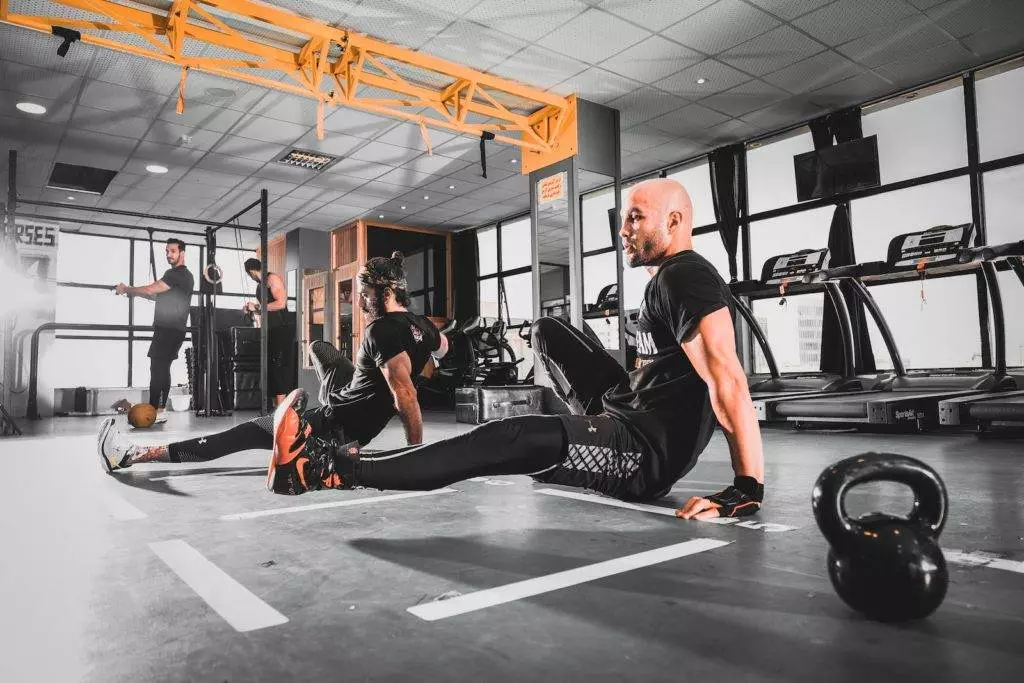
Top Personal Training Insurance Companies: Several companies cater to personal trainer insurance needs:
- Next Insurance: Offers comprehensive small business insurance, including fitness coverage, with quick quotes and potential savings on bundled policies.
- Ace: Provides insurance for both Ace-certified and non-Ace-certified trainers, highlighting protection even during outdoor training.
- Sadler Sports and Recreation Insurance: Tailored for US-based trainers, offering affordable liability coverage and additional optional policies.
- NASM: Partnered with Next Insurance, offering low-cost policies with specific fitness industry coverage and flexibility to add multiple insured locations.
- Insure Fitness Group: Covers a wide range of fitness aspects, instant coverage, and additional benefits like equipment coverage and discounts on health plans.
- Idea Health & Fitness Association: Offers comprehensive coverage at competitive rates, including health and liability insurances.
- Hiscox Insurance: Provides fast, affordable international coverage suitable for online trainers, although slightly more expensive.
FAQs about Personal Trainer Insurance:
- Cost varies, with options as low as $11 per month.
- Steps to get insurance involve researching companies, determining coverage needs, comparing quotes, and consulting specialists.
- Insurance is highly recommended to protect oneself and clients from unpredictable accidents and injuries.
Once your business is operational, PTRFIT can assist in lead tracking, client motivation, and organization of online content.
You have visited 0 post(s)


